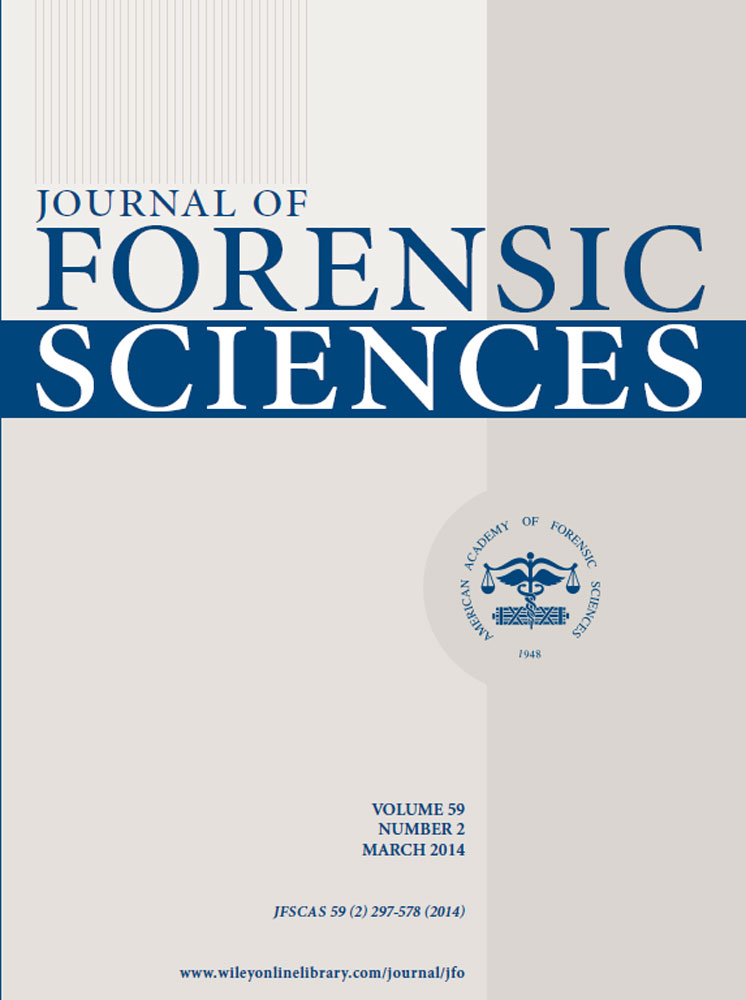A Forensic and Medical Evaluation of Dog Bites in a Province of Western Turkey
Abstract
The aim was to evaluate the demographic data of dog-bite cases organized from criminal and forensic reports. This study evaluated 328 cases admitted to the Director of Forensic Medicine, Eskisehir, as a result of dog bites between January 1, 2006 and December 31, 2010. It was found that those in the age-group of 0–18 were most frequently exposed to dog bites (48.5%). Injuries to the lower extremity, upper extremity, and chest/abdomen/back were more frequent in men (72.6%, 76.4%, and 66.1%, respectively), while injuries to the head/neck/face were more frequent in women (52.3%) (p < 0.01). While most of those wounded in the upper extremity, the head/neck/face, and the chest/abdomen/back were in the child age-group, most of those wounded in the lower extremity were in the adult age-group (p < 0.001). Teaching children, in particular, how to behave around dogs would be useful in reducing the incidence of bite.




